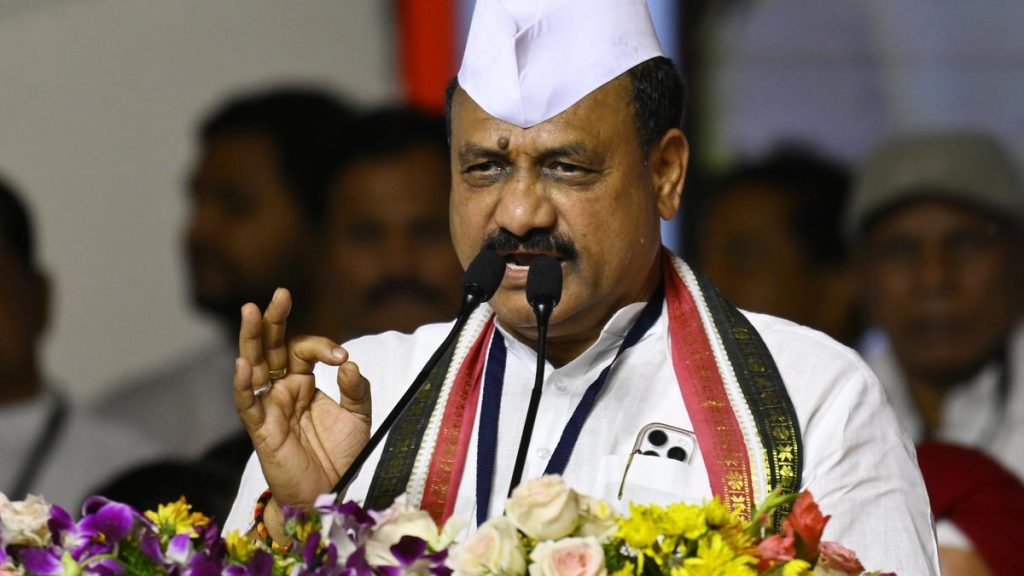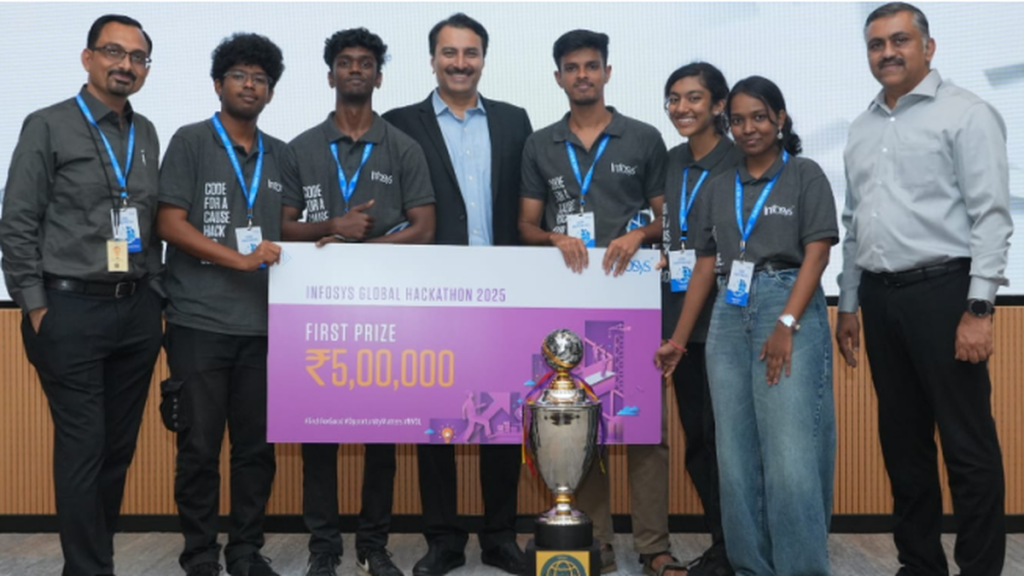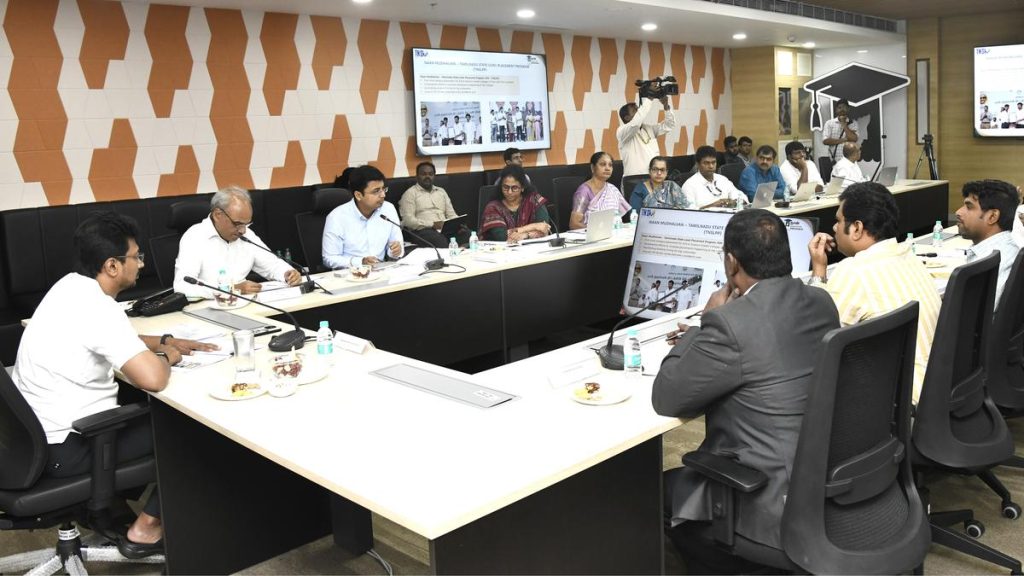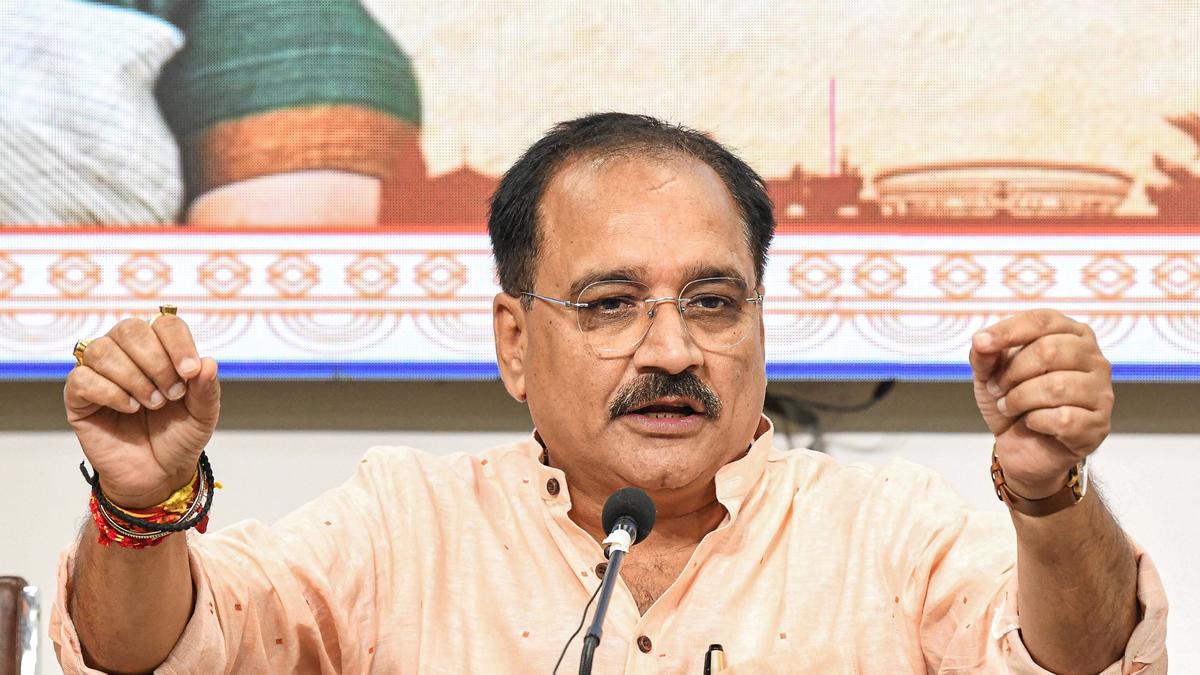Now Reading: Belagavi District: Water Levels Recede, Bridges Reopen After Heavy Rains
-
01
Belagavi District: Water Levels Recede, Bridges Reopen After Heavy Rains
Belagavi District: Water Levels Recede, Bridges Reopen After Heavy Rains
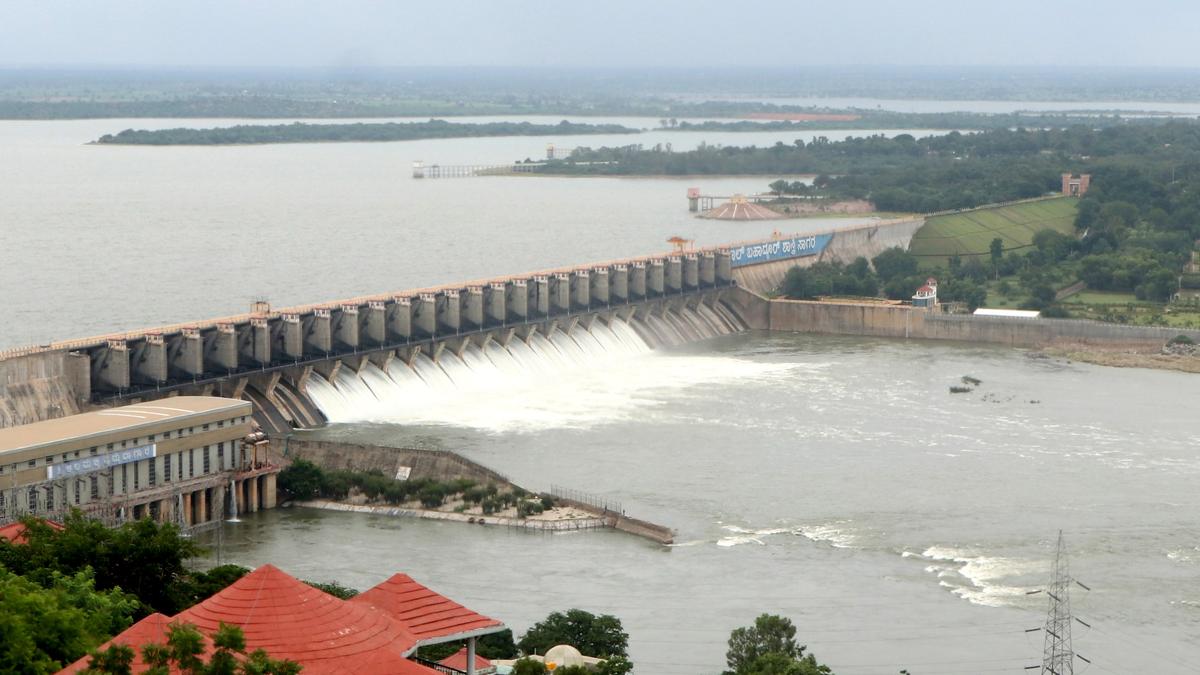
Fast Summary
- Changes in Almatti Dam Operations:
– Outflow decreased to 1,00,000 cusecs on July 9 from 1.15 lakh cusecs on July 8 due to reduced rainfall in the upper catchment area.
– Inflow reduced to approximately 1,09,947 cusecs; water levels at the dam were at 70.86% (82.22 tmcft) of full capacity.
- Regional Water Flow Updates:
– Maharashtra’s discharge at inter-State border gauge reduced slightly by about 640 cusecs compared to July 8 (total discharge was 1,06,453 cusecs).
– Hipparagi Barrage received an inflow of 1,07,980 cusecs and had an outflow of around the same amount (free-flow conditions observed; no storage during monsoon).
- Status of Reservoirs and Barrages:
– Raja Lakhamagouda reservoir showed inflow of 17,692 cusecs and minimal outflow (1,506 cusecs); current storage at ~80% capacity (41.28 tmcft).- Basava Sagara Dam reported inflow of over a lakh cusecs with slightly lower outflow; water storage reached ~81% capacity with multiple gates opened for release.
– Renuka Sagar Dam recorded inflow of just over ten thousand cusecs but released only a minor portion (194): likely conserving resources.
- Flood Situation Improving: Roads and bridges submerged in recent floods in Belagavi’s Chikkodi region were cleared with water receding; expected reopening for traffic by July 10 according to police officials.
indian Opinion Analysis
The reported adjustments made by irrigation authorities across dams along the Krishna river basin reflect a proactive response to varying precipitation levels-a hallmark challenge during India’s monsoon season. By calibrating inflows and outflows dynamically across critical reservoirs such as Almatti and basava Sagara dams without compromising regional needs downstream or causing flooding upstream demonstrates strong regional coordination.
Areas like Chikkodi-the worst hit-display recovery progress after heavy rains caused widespread disruptions earlier during this monsoon phase. This signals gradual stabilization though heavily dependent upon sustained weather observation management+good citizen preparedness . Crucially timely rehabilitation also became tested against thresholds demanded periods


